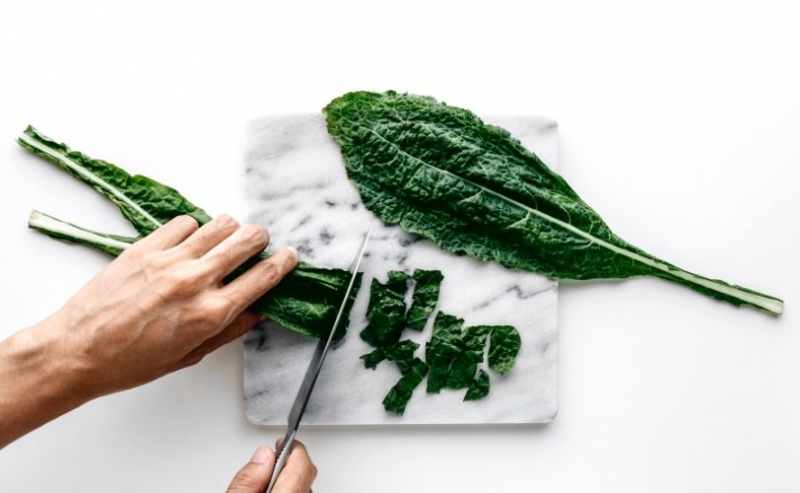How can we support our liver during the Christmas holiday?
The liver performs over 500 functions and requires many nutrients at the same time, in order to function properly. The main purpose of the liver is detoxification, but it also plays an important role in digestion since it's involved with bile production.

Liver detoxification consists of two pathways: phase one and phase two.
Phase one
During phase one, various chemical reactions (oxidation and reduction) occur, which convert a toxic chemical into a less harmful chemical. During this process, free radicals are produced which, if excessive and not supported properly can damage the liver cells.
Phase two
During phase two, the toxins are conjugated to substances (eg. cysteine, glycine or a sulfur molecule), which render them less harmful and excretable. This makes the toxin either water-soluble or fat-soluble, so it can then be excreted from the body via water-soluble or fat-soluble fluids such as urine or bile.
In order for the liver to work efficiently, it requires many nutrients simultaneously and reduction of toxic loads which come from outside via food, drinks, cosmetic products and the environment.
Easy steps to aid our liver function
Let's take a look at how we can support our liver in three simple steps.
1. Eat bitters daily
Bitters stimulate the digestive process, aid absorption of nutrients and bile production by the liver. Bile is made of bad cholesterol and other waste components.
Bitters to include in your diet are: chicory, kale, rocket, spinach, dandelion leaf, watercress, horseradish, kale, parsley, basil, lettuce and asparagus.
Foods to support phase one: Shellfish, pumpkin seeds, sesame seeds, green leafy vegetables, bitter and brassica family, sweet potato, pumpkin, kiwi, papaya, turmeric, chilli peppers, raspberries, all berries and radishes.
Food to support phase two: Blue/green algae (spirulina/chlorella), leeks, green leafy vegetables, bitter and brassica family, whey, curcumin, celery, eggs/oily fish, artichoke, Brazil nuts and beetroot.
 Essential on a daily basis: Cruciferous/Brassica family - have components called glucosinolates which contain sulfur compounds (responsible for the distinctive smell) and this compound protects the liver from damage and improves its ability to eliminate toxins and excess hormones.
Essential on a daily basis: Cruciferous/Brassica family - have components called glucosinolates which contain sulfur compounds (responsible for the distinctive smell) and this compound protects the liver from damage and improves its ability to eliminate toxins and excess hormones.
Brassica family include: cabbage, broccoli, Brussel's sprouts, cauliflower, garden cress, bok choy, turnips and kale.
2. Consume rainbow vegetables and fruit daily
This step provides antioxidants. Try to include: vegetables (red pepper, aubergines, pumpkins, asparagus, sweet potato, beetroot, carrots, radishes and tomatoes), berries (strawberries, raspberries, gooseberries, blueberries and blackberries) and fruit (papaya, pineapple, kiwi, pears, apricots, figs, apples and peaches).
3. Prioritise water
Ensure you drink good quality water, filtered and not bottled (avoid plastic bottles, because of the chemicals that leach in the water). Start with minimal filtration (use a Britta filter, but make sure you change the filter monthly) until you wish to investigate the quality of drinking water further.
Our body is approximately 70% water; by providing good quality water, we save our body's reserve of energy and from the toxic load that tap water contains.
Drinking sufficient quantities of water also improves the flow of nutrients and waste products to and from the liver. Not enough water increases the risk of gallstones, this is because bile becomes too concentrated.
Start the day with a glass of warm water (500ml), then have water 30 minutes before each meal and no earlier than two hours after, this is because water is alkaline and your stomach acid is acidic, consuming water with or soon after a meal decreases your stomach acid which decreases your metabolism, digestion and more pathogenic microbes may penetrate your gut.
If you would like to detox your liver with a personal approach and guidance, please get in touch with a nutrition professional. Wishing you all the best.

Find a nutritionist dealing with Gut health
All nutrition professionals are verified





